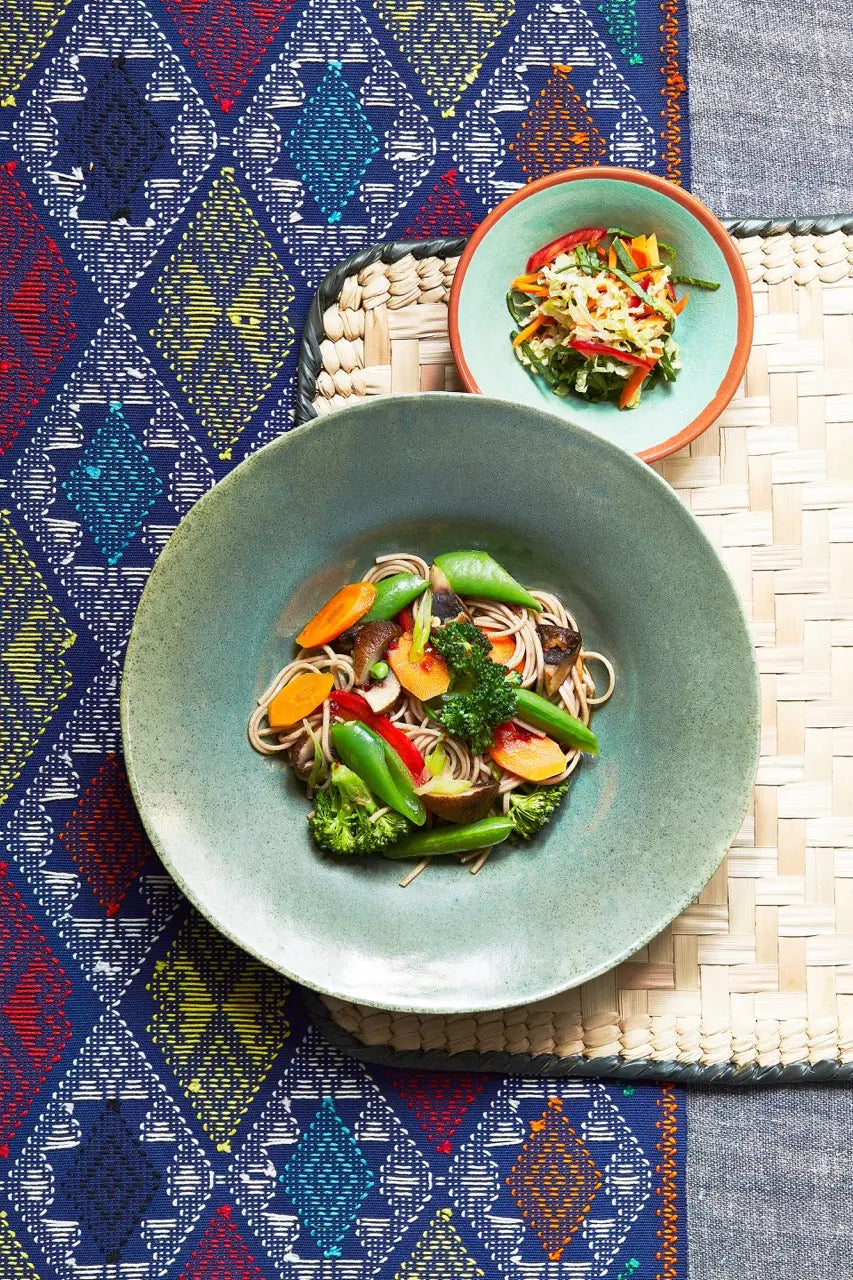A Stir Through The Recent History of Singapore Noodles, A Street-Food Phenomenon

At this point, you’ve probably tried Singapore street noodles in one of their many iterations. A mainstay of Chinese takeaway spots, food trucks, and, in pockets of Southeast Asia, hawker centers, the ochre-hued dish almost always contains rice vermicelli, curry powder, and local vegetables, and usually includes a protein source such as chicken, beef, shrimp, or pork. But did you know that this economical, carb-rich meal has no origins on the island of Singapore?
What we today call Singapore street noodles were actually developed in Hong Kong in the 1950s. Back then, Cantonese chefs in the city-state looking to experiment with Indian curry powder that had been imported by the British. They eventually decided to wok-sear it with noodles and vegetables to create a savory energy source for local day laborers, naming the dish after Singapore to impart an air of mystery and sophistication. (In Hong Kong at the time, little was known about Singapore—only that it had, by all accounts, an aspirational level of cosmopolitanism.)

Singapore street noodles—sometimes called Singapore-style fried bee hoon or Sing Chow noodles, borrowing the anglicized form of Xingzhou, the Chinese word for “Singapore”—gained popularity in the Western world in the 1980s following the mass emigration of Cantonese immigrants, who sold the dish in the cha chaan tengs (literally, “tea restaurants”), or casual diners, which they established as their livelihood in cities like New York, San Francisco, and Vancouver. In Singapore, however, the Cantonese version of street noodles is still relatively unknown. At hawker stalls there, you’re more likely to find laksa (noodle soup with curried coconut milk), mee goreng mamak (noodles seasoned with ketchup, chilies, soy sauce, and a touch of curry), and fried bee hoon flavored with little else but sweet soy sauce.

Laroot’s vegan take on this Cantonese classic sees gluten-free soba noodles stir-fried in sesame oil and seasoned with tamari, mirin, ginger, and chili, capturing the five balancing wuwei, or tastes, recognized by Traditional Chinese Medicine. The kaleidoscope of colorful vegetables that are tossed in, which include bok choy, mushrooms, broccoli, and carrots, brings vitamin K, vitamin C, selenium, potassium, and iron to the potent nutritional profile. Wholesomely minimalist yet bursting with flavor, our version of Singapore street noodles is optimized to power you well into early evening, just as the original incarnations did seventy years ago.
